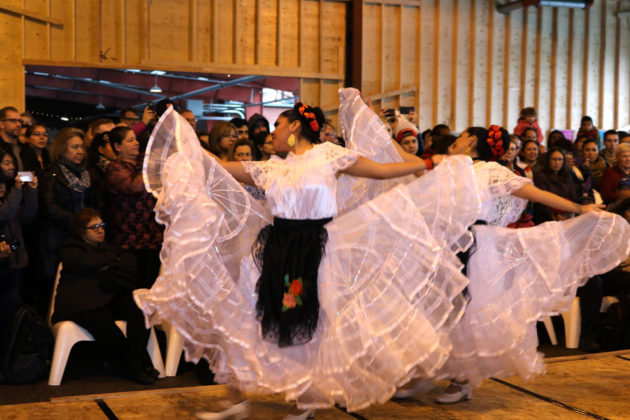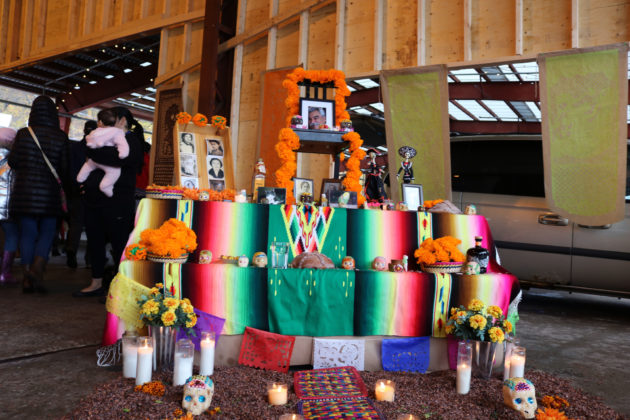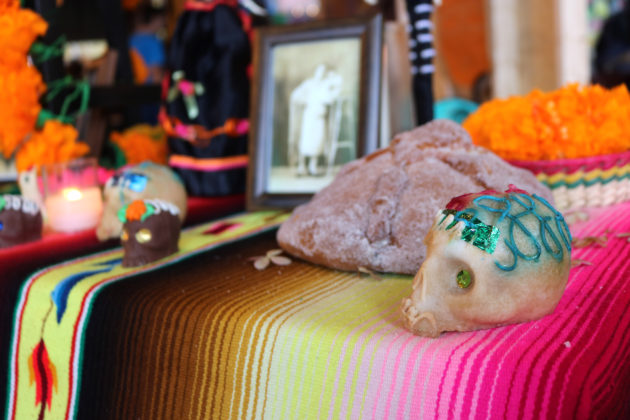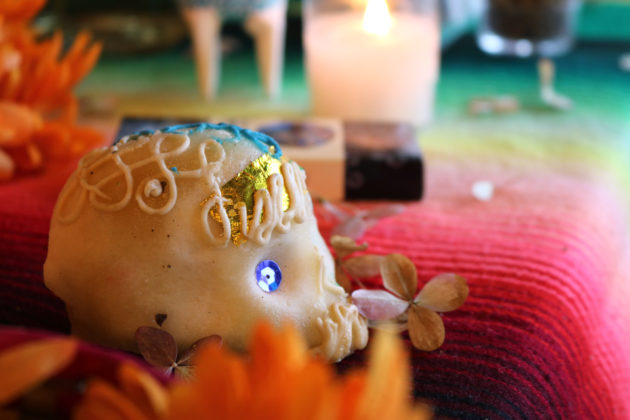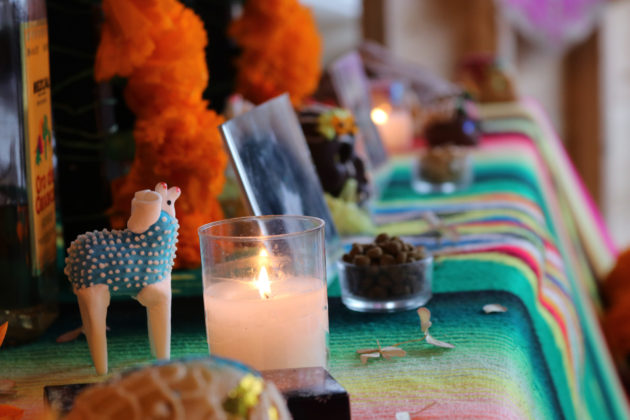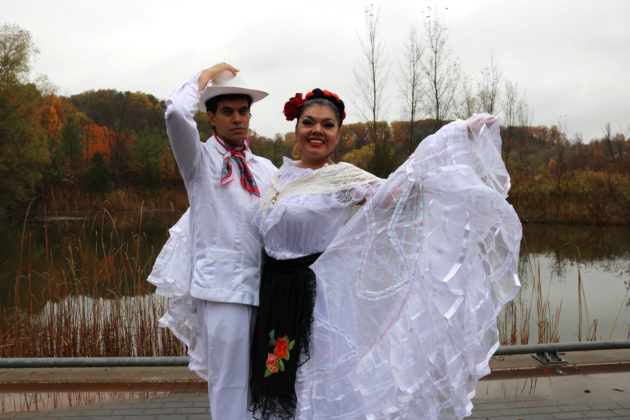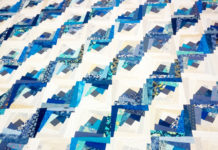Contrary to popular belief, el día de los muertos, the Day of the Dead, is a celebration of life rather than death. Amidst the sugar skulls, marigolds, and food, it is the memories of the dead that are at the heart of such events.
Despite the grim skies, the festivities went on, out-competing even the sunniest of days: a mariachi band strummed tunes of vibrant colour and the smell of sweet churros lingered beneath the noses of passersby.
This Mexican tradition is now widely celebrated across Latin America as well as the United States. On the crisp and drizzly day of Nov. 5th, individuals of all cultural heritages joined beneath the Pavilions of Toronto’s Evergreen Brick Works to commemorate the dead with the living.
“It’s to remember our beloved whom have passed away and to welcome them as if they were alive,” said Nancy Rivas, a Mexican volunteer for the event. “For us, it’s part of our culture and it’s nice to volunteer to share our roots and traditions.”
This event is Rivas’ first-time volunteering for a Day of the Dead event with the EXATEC Alumni Association from the Monterrey Institute of Technology and Higher Education in Mexico. This organization is also involved in other annual cultural events across Canada.
At Evergreen Brick Works, an ofrendo was put on display, a Day of the Dead altar on which visitors were encouraged to display pictures of loved ones who have passed away along with their favourite foods. The ofrendo would also not be complete without its yellow marigolds and sugar skulls. Mexicans believe that every year from Nov. 1-2, the dead come back to visit the living. According to the Smithsonian Insider, marigolds are symbols of life’s fragility, their scent and colour supposedly leading the dead to the altar. Moreover, the multicoloured skulls are “a whimsical reminder of the [cyclical nature] of life.”
Complete with a flurry of white dresses, the event also highlighted the Mexicans Folk Ballet company’s dance Al Son de Difunto (“To the Sound of the Dead”) which illustrated a groom performing his last dance as the dead came to take him away. Later, visitors were treated to another dance accompanied by a mariachi band to the tune of “La Bamba.” Performed in the style of jarocho, it is a fusion of cultures: the clothing inspired by African peoples while the shoes and tapping footwork derived from the Spanish flamenco dancers.
Guadalupe Velasco, the co-founder of the Mexicans Folk Ballet Company, explained that both performances originated in Veracruz, Mexico. She elaborates that beyond sharing their culture, events such as these may serve to rectify misconceptions.
“We always love to see how the Canadians are getting more involved in the Day of the Dead and we want to teach them how we celebrate in Mexico,” she said, “We want to teach them that it’s not Halloween, it’s a tradition and part of the culture of Mexico.” She adds that they do not pray to the dead.
Both Velasco and Rivas emphasized that the Day of the Dead — with its skulls and skeletons — is not meant to be scary, “It’s a way to get us to realize that one day [death] is going to be a part of life,” Velasco said. The hope is also that celebrations in Canada will be shared with younger Canadian-Mexican generations to foster connections with their own roots and get involved within their own cultural traditions.
“We are very lucky to live in a multicultural country and we think it’s very important for the kids who were born here,” Velasco said.
However, the Day of the Dead is not exclusive to Latin Americans. The turnout was a testament to the success of the celebration at the Evergreen Brick Works even as it drizzled throughout the day.
“It’s really amazing that Toronto, non-Mexican communities, are curious to know our traditions,” Rivas said with a smile.

























